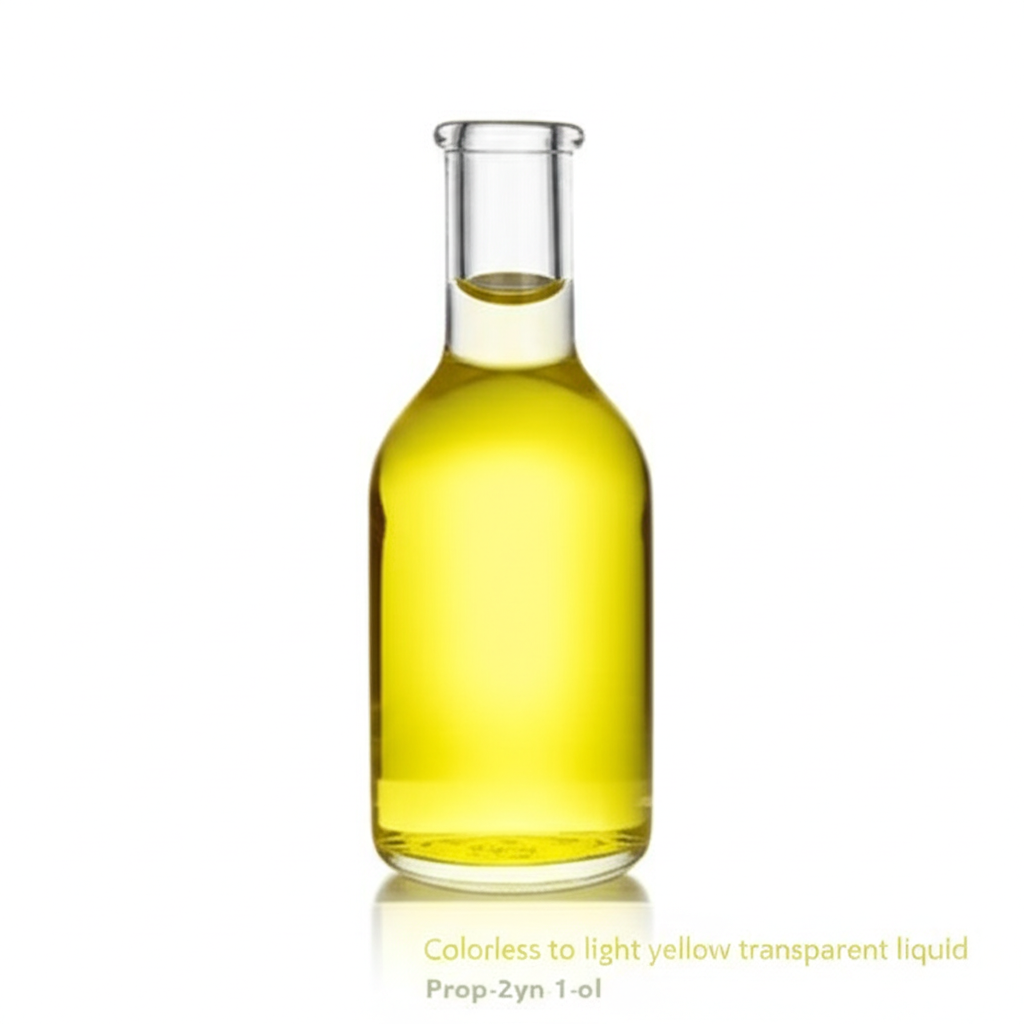Propargyl Alcohol: A Key Chemical Intermediate
Explore the diverse applications of prop-2-yn-1-ol in synthesis, corrosion inhibition, and industrial processes.
Get a Quote & SampleProduct Core Value

Prop-2-yn-1-ol
Propargyl alcohol, or prop-2-yn-1-ol, is a fundamental organic compound recognized for its unique structure, featuring both an alkyne and a hydroxyl group. This combination makes it an exceptionally versatile chemical intermediate. Its primary value lies in its reactivity and ability to participate in a wide array of chemical transformations, making it indispensable in the synthesis of more complex molecules.
- Discover how propargyl alcohol is used as a key intermediate in organic synthesis, enabling the creation of advanced chemical compounds.
- Learn about the effectiveness of propargyl alcohol as a corrosion inhibitor for steel in various industrial settings.
- Understand the role of prop-2-yn-1-ol as an electroplating brightener additive, enhancing surface finishes.
- Explore the utility of prop-2-yn-1-ol as a solvent stabilizer, improving the performance and longevity of formulations.
Key Advantages
Synthetic Versatility
Propargyl alcohol serves as a crucial building block, facilitating complex organic synthesis pathways and the development of novel materials.
Enhanced Durability
Its application as a corrosion inhibitor significantly extends the lifespan of metal components, particularly in acidic environments.
Improved Surface Quality
As an electroplating brightener additive, prop-2-yn-1-ol contributes to superior finishes in metal coating applications.
Key Applications
Organic Synthesis
Prop-2-yn-1-ol is widely used as a versatile intermediate in organic synthesis, enabling the creation of pharmaceuticals, agrochemicals, and specialty chemicals.
Corrosion Inhibition
It acts as an effective inhibitor for steel corrosion in mineral acids, crucial for protecting equipment in oil and gas operations and metal processing.
Electroplating
Propargyl alcohol is employed as an additive in electroplating baths, contributing to brighter and more uniform metallic coatings.
Stabilization
Its properties as a solvent stabilizer are valuable in various formulations, ensuring chemical stability and performance.
